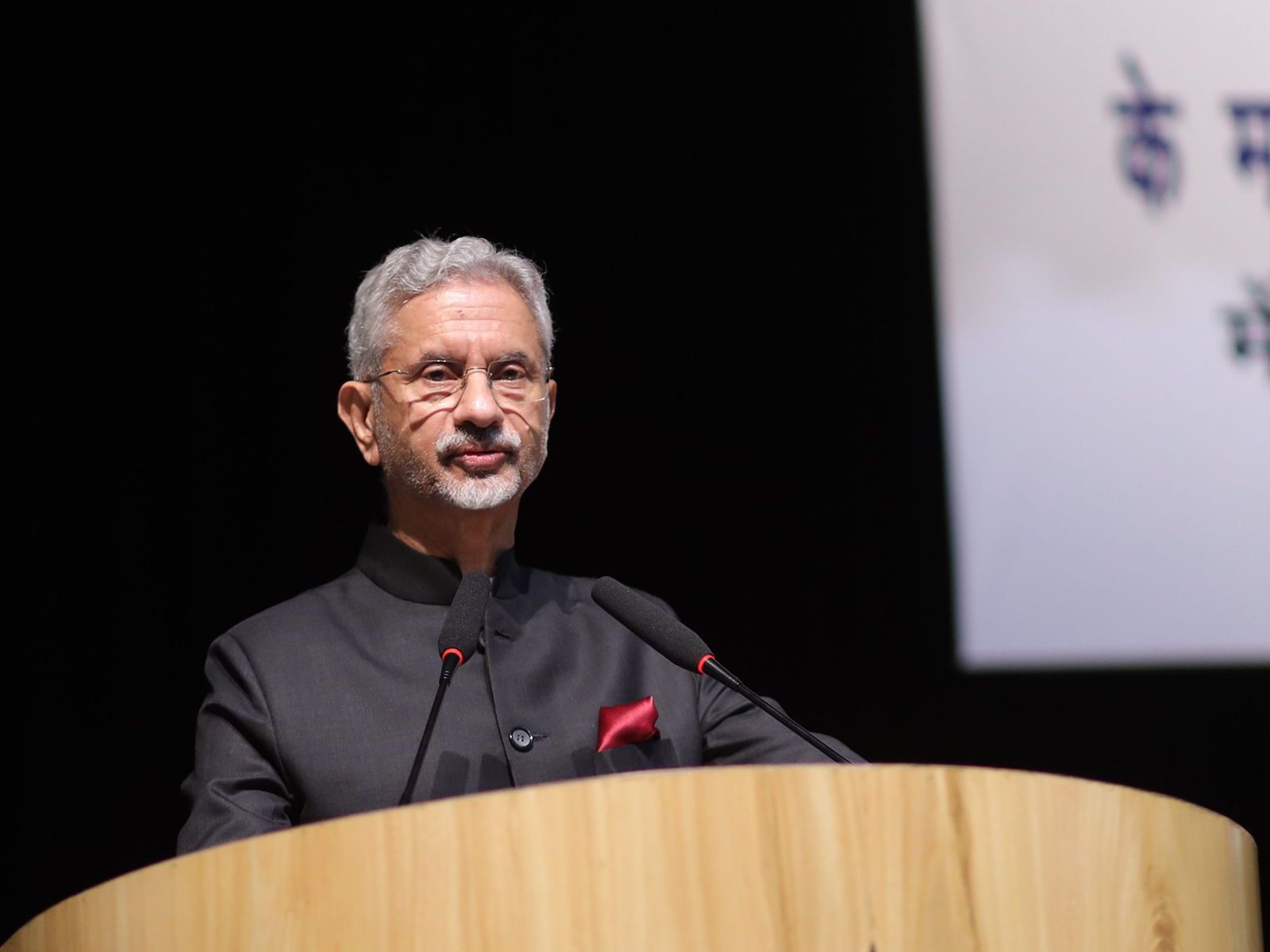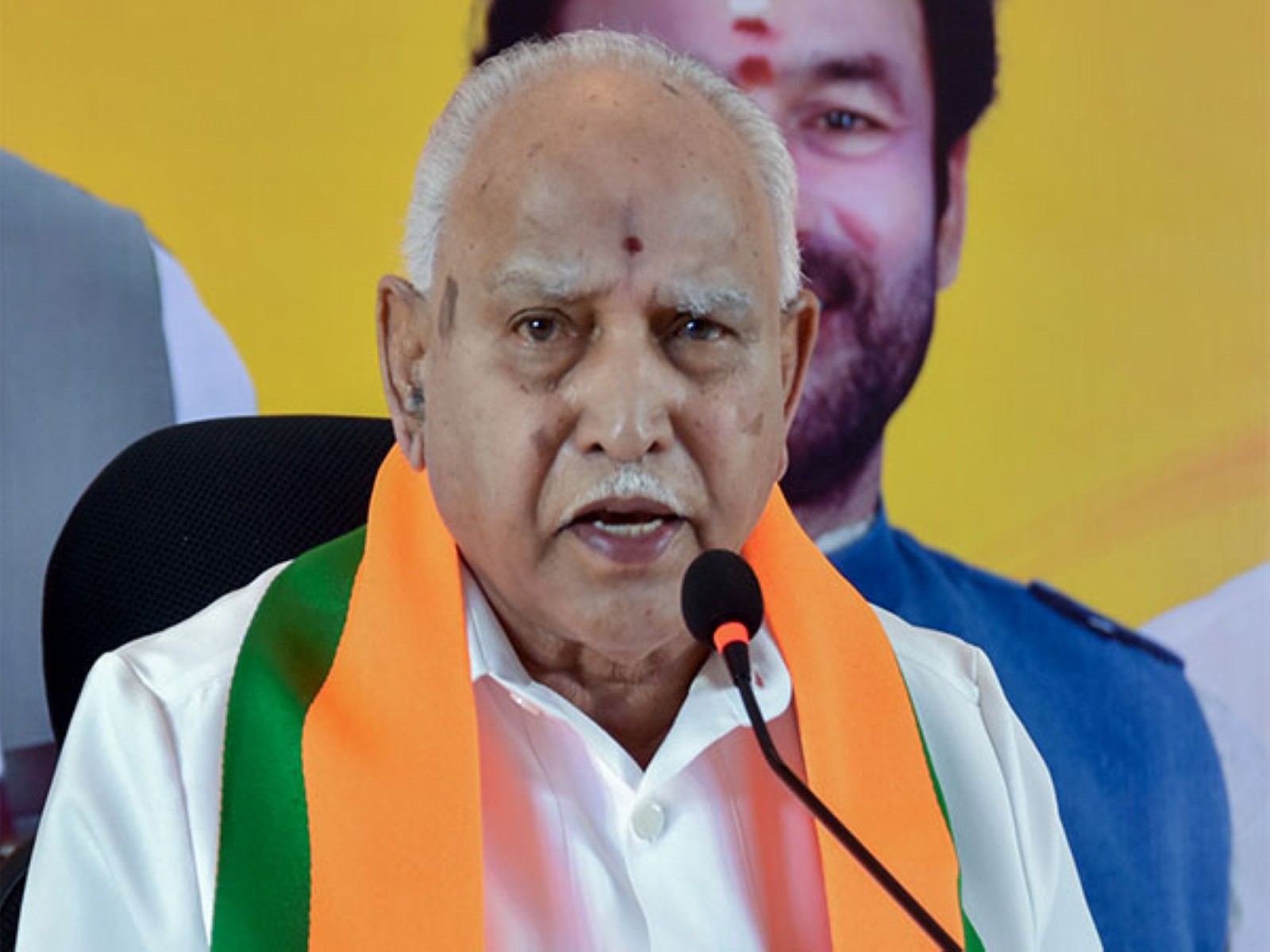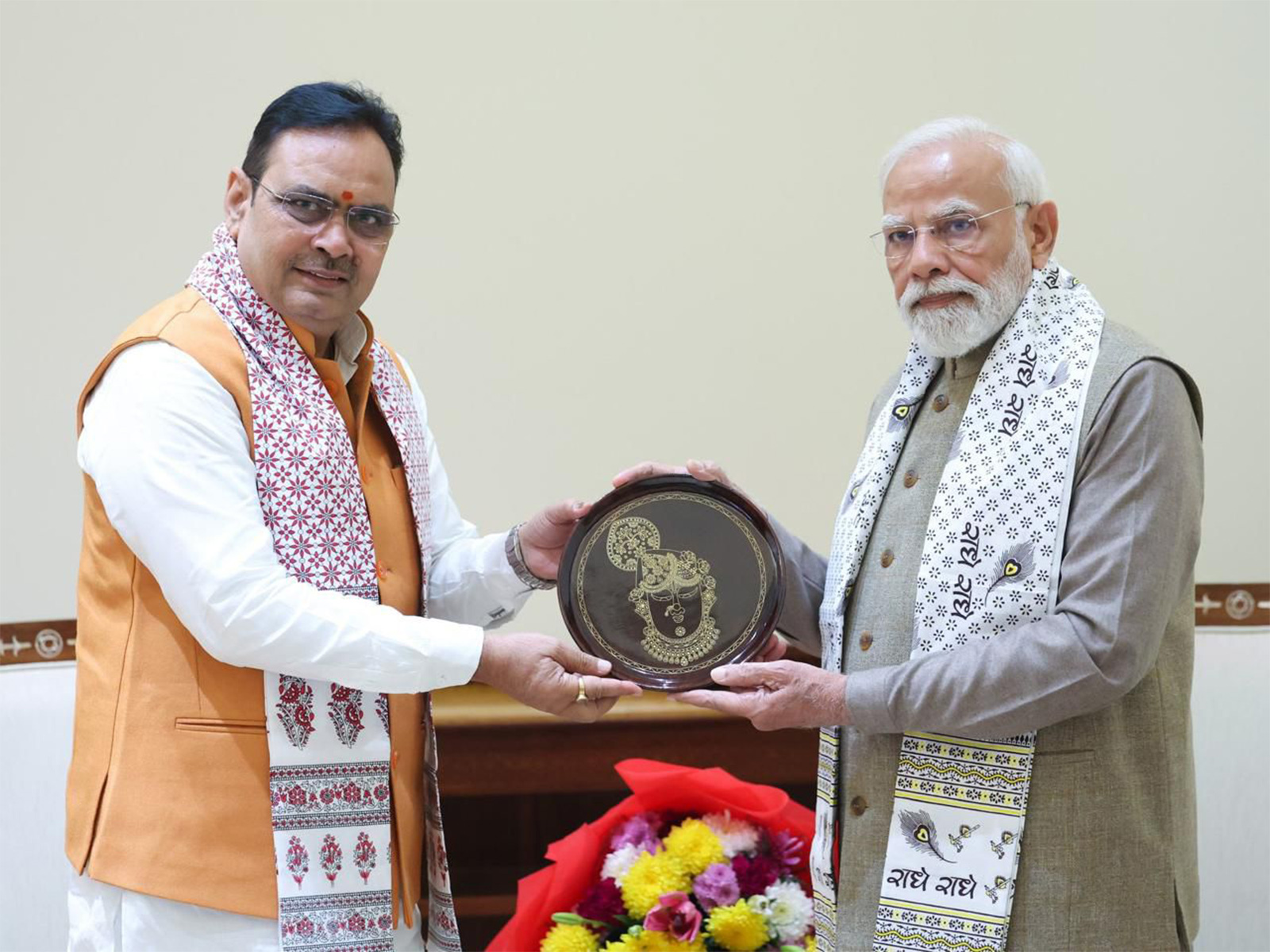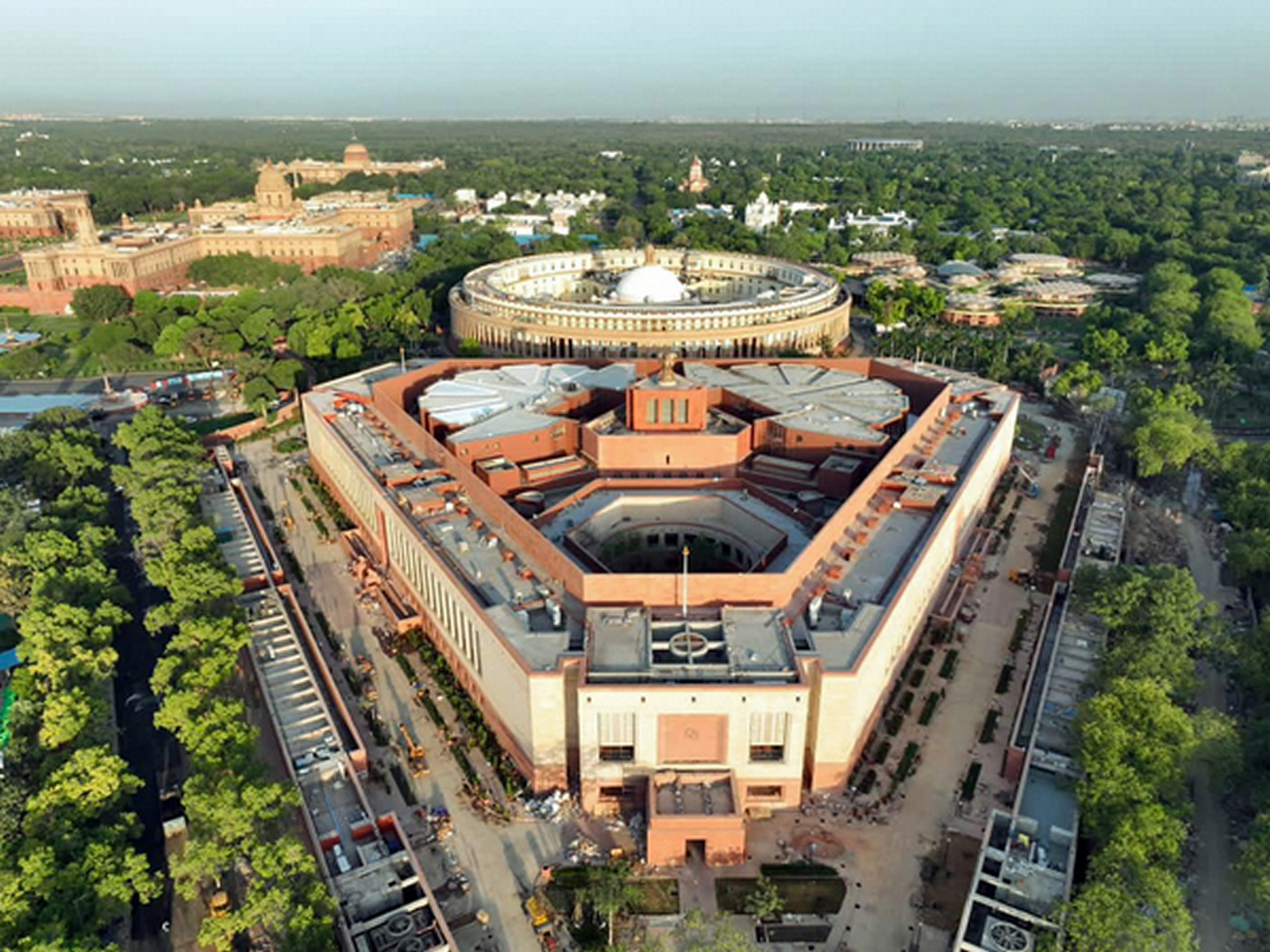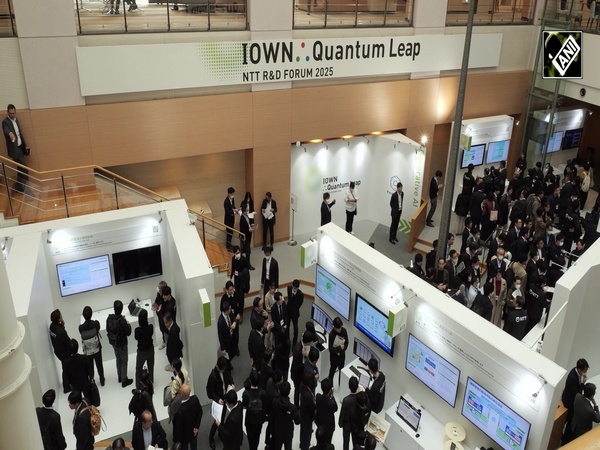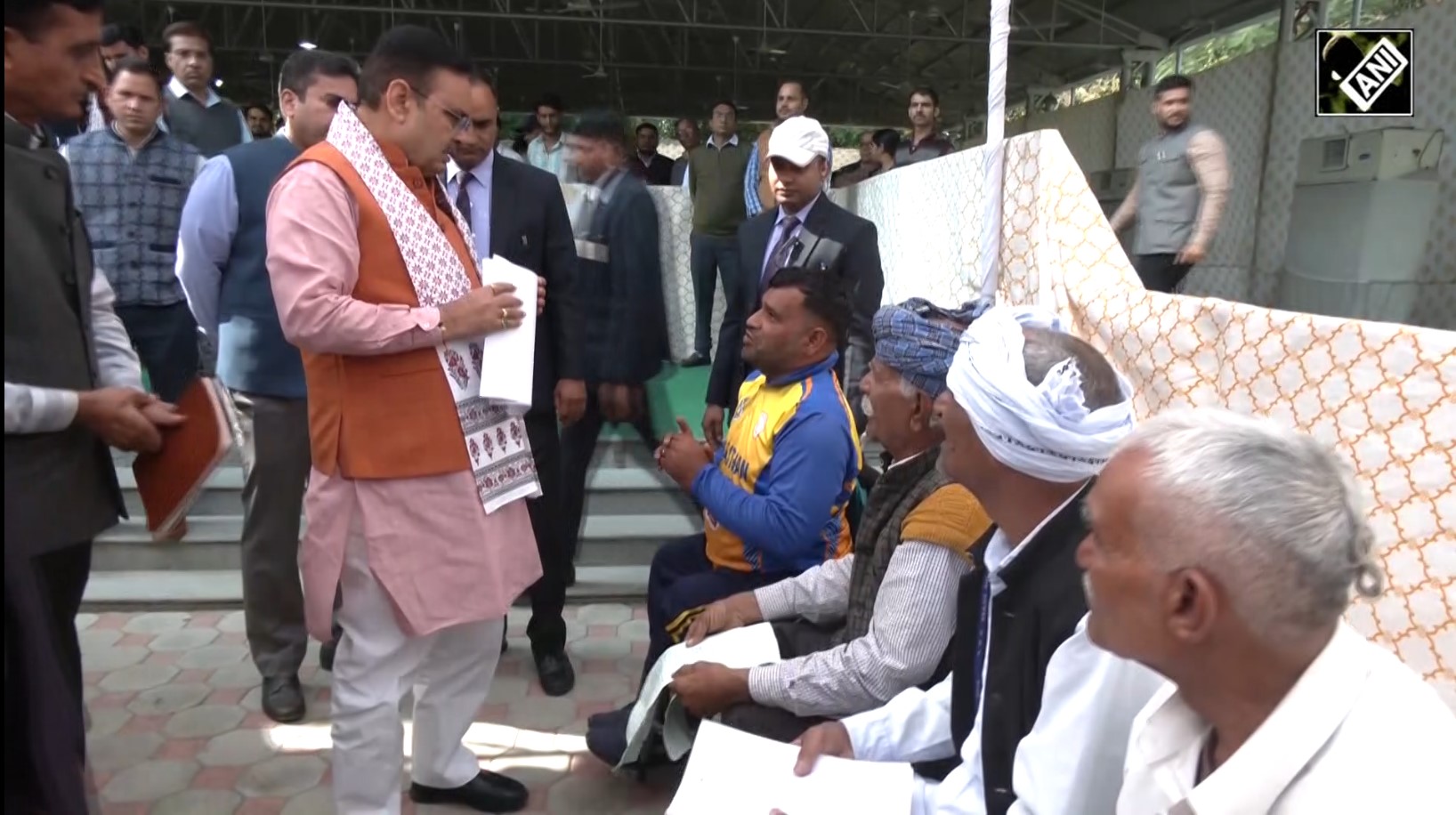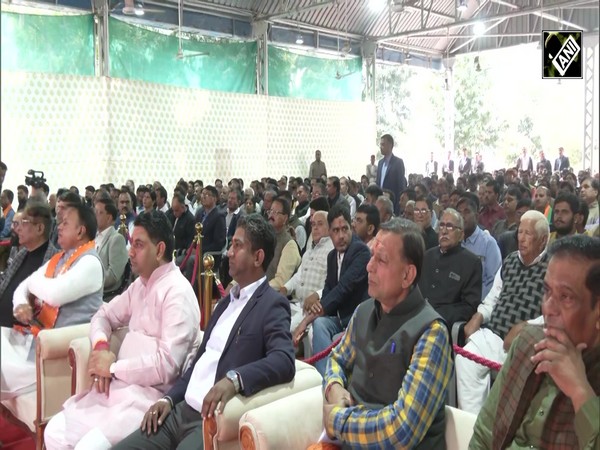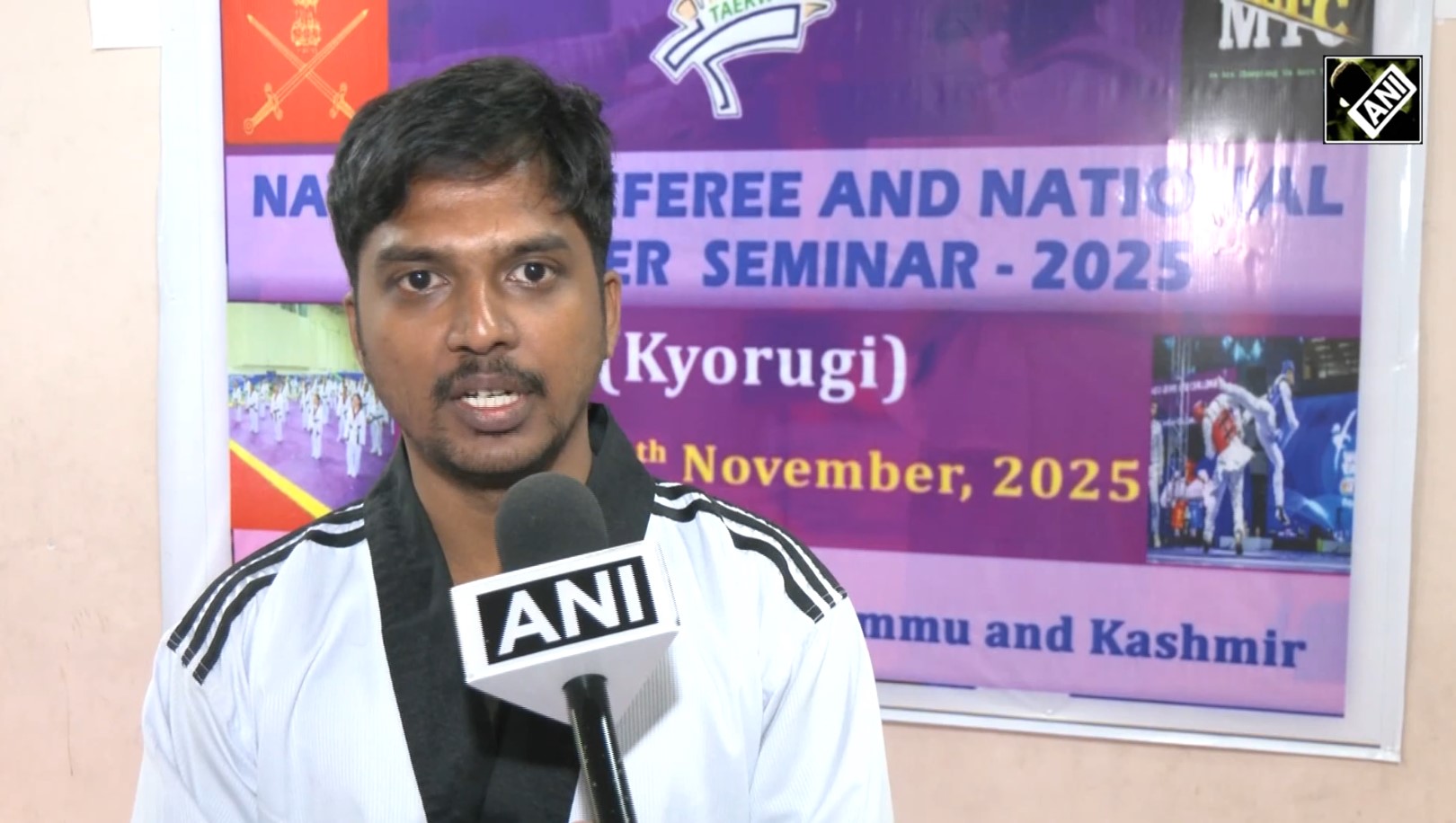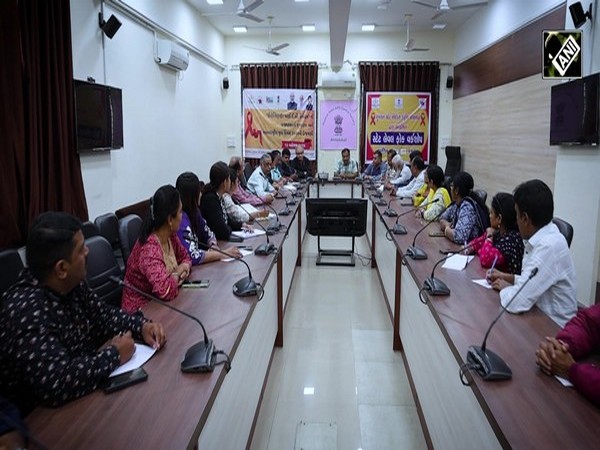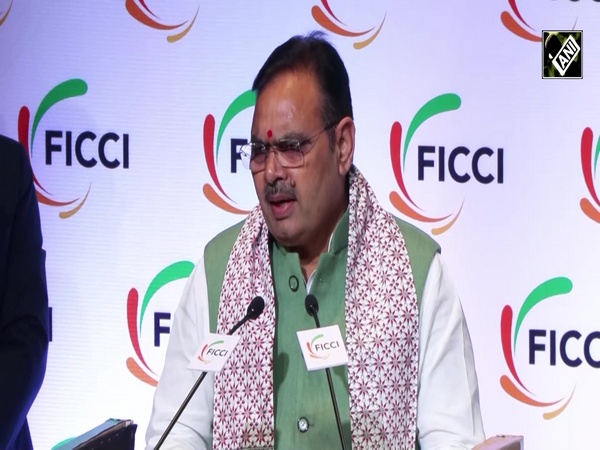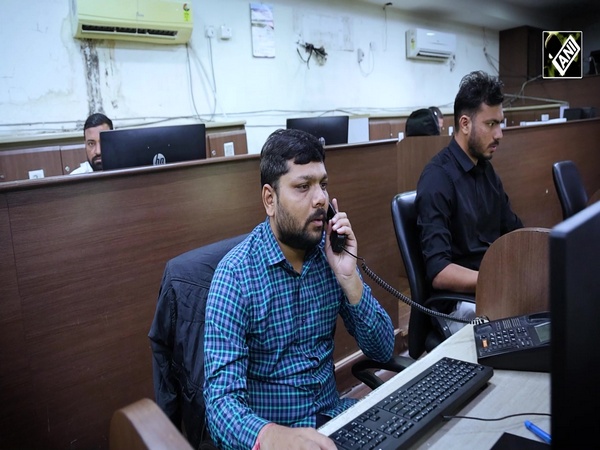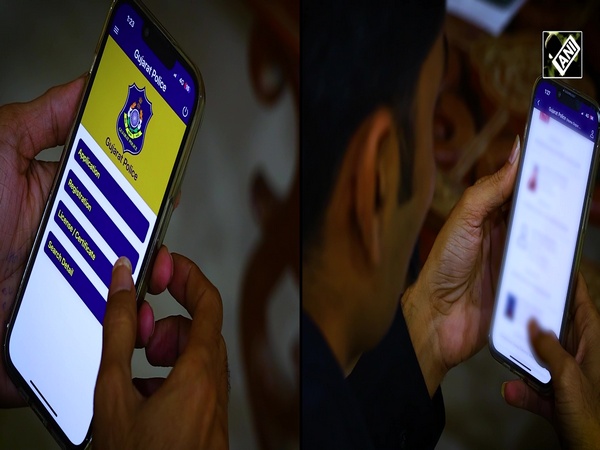'A Historic Spiritual Homecoming': Arrival of holy relics of Lord Buddha at Truc Lam Yen Tu Pagoda in Vietnam's Quang Ninh
May 28, 2025

By Rk Raina
Truc Lam Pagoda [Vietnam], May 28 : The sacred relics of the Buddha from Sarnath have been on a tour of Vietnam from May 3 to June 2.
The original plan was to display the relics in Vietnam till May 21, but on a special request by the Vietnamese Governmnet, the exposition has been extended till June 2.
On a deeply emotional and spiritually charged day, the sacred relics of Lord Buddha arrived at Yen Tu Pagoda in Quang Ninh Province, Vietnam, marking the seventh leg of their profound pilgrimage to Vietnam from India. Their journey, which began with reverence and celebration in Ho Chi Minh City on May 2, has now reached a crescendo at one of Vietnam's most sacred spiritual sites. 
From the moment the relics crossed into Yen tu area, the atmosphere transformed into a living embodiment of devotion. Streets were filled with throngs of devotees--men, women, children, and the elderly--lining both sides of the road for kilometers right up to the place of enshrinement. Waving flags and chanting "Buddham Sharanam Gacchami," the Vietnamese people poured out their hearts in gratitude and reverence. Some wept openly, overwhelmed by what they described as the living presence of the Lord Buddha now in their midst. This sacred arrival is the first time many Vietnamese have witnessed the holy relics of the Enlightened One, and for them, it marks the beginning of a spiritual journey of a lifetime. People have travelled for hours from far locations and have waited in queues since 4 AM to get a glimpse of the Sarnath relic.
Yen Tu Pagoda, is a site steeped in religious and national heritage. Nestled on the majestic Yen Tu Mountain, the pagoda is a powerful symbol of Vietnamese Buddhism and history. It was here, over 700 years ago, that King Tran Nhan Tong--one of Vietnam's most revered monarchs and a symbol of wisdom and peace--renounced his throne to found the Truc Lam Zen sect, shaping Vietnamese Buddhism with uniquely native spiritual values. His legacy continues to inspire generations, and the presence of the holy relics at this sacred site has amplified that inspiration to unprecedented levels.
The significance of this moment extends beyond religious sentiment. It is a reaffirmation of the deep-rooted spiritual, cultural, and civilizational ties between India and Vietnam. These connections date back nearly 2,000 years to the early centuries of the Common Era, when Indian traders and monks brought the message of the Buddha to the shores of ancient Vietnam. They came not just for commerce, but for blessings, seeking protection from sea deities and bringing with them the teachings of compassion, peace, and enlightenment. The names of Dipankara Buddha and Avlokiteshwara Bodhisattva have echoed in Vietnamese prayers since those early days, representing protection and grace.
The current journey of the relics--carried with honour and solemnity by Indian dignitaries in a special military aircraft--is more than a ceremonial event. It is a rekindling of an ancient bond. In each city--beginning with Ho Chi Minh City and passing through six sacred sites in six cities of Vietnam --the relics have drawn millions in collective prayer and cultural remembrance. In Yen Tu alone, over 2 million people are expected to visit the relics, making this one of the largest spiritual gatherings in recent Vietnamese history. According to the Vietnam Buddhist Sangha, till date, 12.95 million people have paid respect to the holy relics in the six cities. 
The long-term impact of this pilgrimage is profound. At a people-to-people level, the spiritual resonance of the relics has touched the hearts of Vietnamese citizens deeply. It has revived ancient memories of India as the land of the Buddha--the origin of Dhamma that continues to shape Vietnam's culture, rituals, and everyday life. At a diplomatic level, this journey is a symbolic cornerstone of India's Act East Policy, reinforcing the cultural dimension of strategic partnerships.
The holy relics' journey from India to Vietnam has reawakened a shared spiritual consciousness that transcends language, geography, and political boundaries. It is a testament to the enduring values of peace, harmony, and mutual respect. This moment--of shared reverence and cultural revival--will be remembered not only as a highlight in the bilateral relationship between India and Vietnam but also as a model of how ancient wisdom can continue to guide modern diplomacy.
As the chants of devotion echo through the serene forests of Yen Tu and candles flicker before the golden shrine housing the relics, one truth stands out clearly: the spirit of the Buddha still walks among us--uniting, healing, and illuminating the path forward."
The holy relic would end the month-long journey in Vietnam in the city of Danang in central Vietnam. This city has several Buddhist institutions and monasteries in its vicinity, and one expects a large number of people to pay their obeisance to the holy relics at this final destination.
